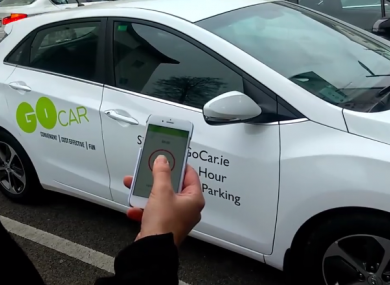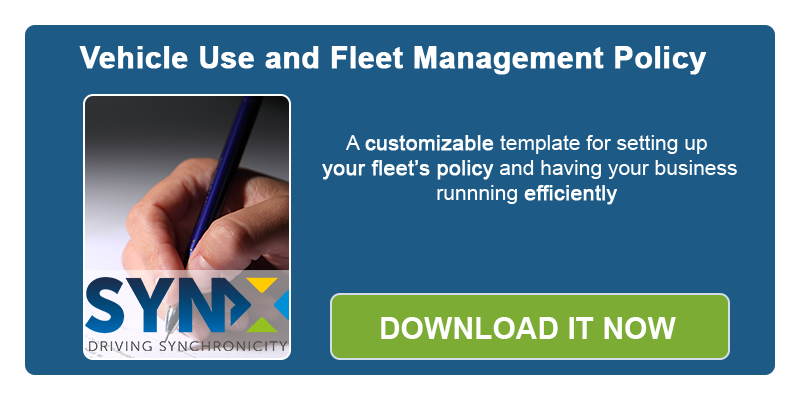Whether purchased or leased, vehicle fleet is usually one of the biggest business expenses businesses incur. This is why it is very important for a Fleet Manager to know all the dos and don’ts of fleet optimisation! If you read on we will give you a few useful tips on how to keep your fleet in tip-top condition.

1. Maintain your vehicles
An average business fleet can be made up of anything from 5 to 200+ vehicles, but maintenance remains important whatever the number of vehicles as it extends vehicle life and improves driver safety. Faulty or poorly maintained vehicles have a higher risk of breaking down or causing an accident. Compared to the cost of proper maintenance, the possibility of costly, work-related accidents is enormous!
A poorly maintained vehicle generates other direct and indirect costs. These can include rising insurance and reduced resale value of the fleet. Moreover, the stopping of vehicles for repair can lead to operational disruptions that directly affect productivity. Finally, don’t forget about company image! Company image could be damaged if people see your vehicles broken down and waiting for the tow truck.
So remember - a "healthy" fleet is less likely to let you down. It builds trust and creates the image of a prosperous, successful business, and it keeps business productivity ticking along nicely.

2. Educate drivers and try modern techniques like eco-driving
Driver education is an important measure to ensure the optimisation of your fleet. Each driver should be taught how to properly care for a vehicle and how to spot if things are about to go wrong. Small driver behaviour changes make big differences, so knowing about simple things like the following, can make all the difference:
- pulling the hand brake up too hard when stopping causes vehicle damage and diminishes fuel economy
- Checking oil and coolant levels frequently ensures fuel economy
- Notifying managers, or completing repairs as soon as signs of wear are noticed
Additionally, learning to drive the ecological way, including mastering braking and driving in the city can save up to 10% of fuel per vehicle, so eco-driving is the way to go to ensure full fleet optimisation.

3. Establish car sharing for employees
Car sharing can be made available to employees. Pooling vehicles reduces their downtime and allows the company to reduce fleet mobility costs. Car sharing can lead to up to 75% saving per km travelled.

4. Limit the number of suppliers
It can be helpful to limit the number of suppliers supplying your fleet as this allows you more bargaining power to negotiate favourable terms and even a cheaper cost per vehicle. Shop around when investing in your fleet and approach a few providers for quotes to compare and consider. Be prepared to put forward propositions and even do a bit of haggling if necessary.
Feel free to subscribe to our newsletter to find following our tips to optimise your vehicle fleet.








